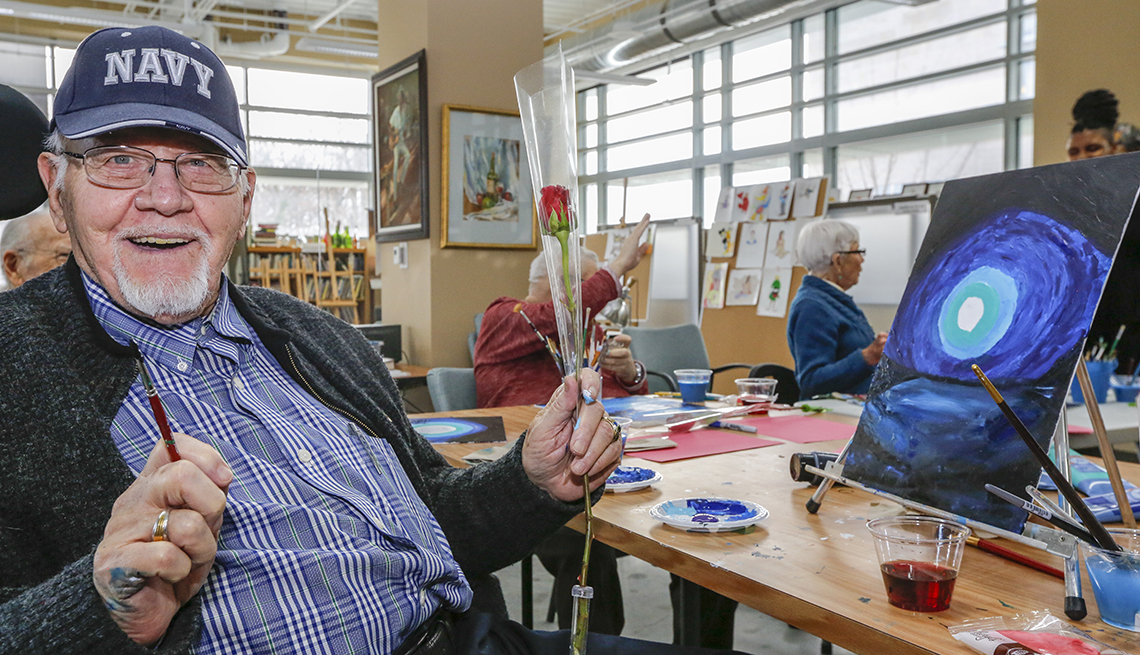
- Select a language for the TTS:
- UK English Female
- UK English Male
- US English Female
- US English Male
- Australian Female
- Australian Male
- Language selected: (auto detect) - EN
Play all audios:
He joined the Army after Marine and Air Force recruiters in his native Chicago rejected him for being “too small.” Snubbing the part-white, Black and Native American teenager was their loss
as Diamond served for 43 years with the Army and the Reserve Officers’ Training Corps. His heroism in Vietnam earned him the Distinguished Service Cross, the Army’s second-highest honor.
Last May, Diamond wore his old uniform on stage at the National Memorial Day Concert, where he was saluted for his decades of service. AN URBAN OASIS Fees for a room, meals and services are
based on one’s income and care level. At the low end is independent living, capped at $2,290 a month; at the high end is the memory support unit, topping out at $7,727 a month. Unlike in
some retirement communities, there’s no entry fee. The facility and a second campus in Gulfport, Mississippi, are financed in part by a mandatory payroll contribution of 50 cents a month
paid by active-duty enlisted troops. The Armed Forces Retirement Home, an independent government agency, has the only federally owned and operated facilities for retirees from the enlisted
ranks, and maintains ties to the Defense Department. The payroll deduction was only 25 cents a month when married residents Larry Condon, 76, and Carol Rhan, 67, served, respectively, until
the late 1980s and mid-1990s. Afterward they went on to far-flung civilian careers. A Marine, he served in Vietnam as a CH-46 helicopter door gunner and survived three aircraft crashes. She
is fluent in Russian and Turkish and was an Air Force linguist and criminal investigator. The couple met while stationed in Turkey and have been married 40 years. Larry Condon and Carol Rhan
are seen kissing at the arts and craft shop. Michael A. McCoy for AARP Like others, they learned of the home by word of mouth. After 20 years in uniform, many veterans are relatively young
and don’t have retirement living on their mind, so there’s a bid to spread the word about the home through the Department of Veterans Affairs’ Transition Assistance Program (TAP) as they
leave the armed forces, says Marine Robbins, a public affairs specialist for the home. For history buffs, the tree-lined, 272-acre campus is home to a national monument: President Lincoln’s
Cottage, a 34-room Gothic Revival mansion that was his summer White House at what was then called the Soldiers’ Home.






